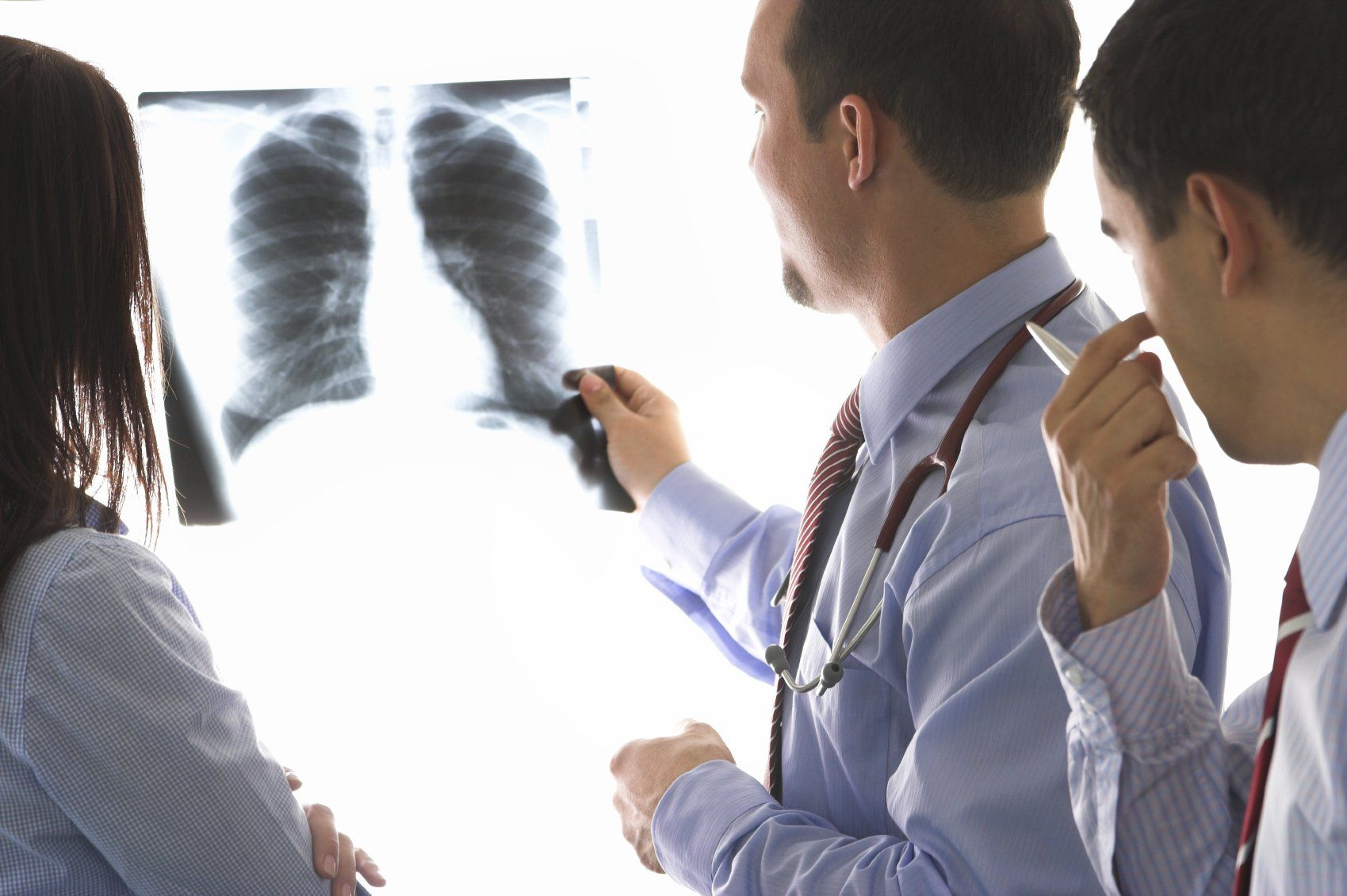Since the 1990s, a mold genus, called Stachybotrys, has been a subject of debate by lawyers, indoor environmentalists, industrial hygienists, healthcare professionals, and others: Can it cause disease and death, specifically in infants exposed to “moldy indoor environments”. In this blog, I want to share with you where this debate started; because it’s important to understand as it pertains to the type of information you’ll hear from various professionals and read online.
During the 1990s, there were two natural disasters (one in Cleveland, Ohio, and the other in San Francisco, California) where a geographic cluster of acute idiopathic pulmonary hemorrhage (a devastating condition that involves lung bleeding) among infants occurred. The United States (U.S.) Centers for Disease Control and Prevention (CDC) investigated both occurrences and concluded:
“A link between other adverse health effects, such as acute idiopathic pulmonary hemorrhage among infants, memory loss, or lethargy, and molds, including the mold Stachybotrys chartarum has not been proven. Further studies are needed to find out what causes acute idiopathic hemorrhage and other adverse health effects.” (CDC: Basic Facts about Mold and Dampness)

The problems with the CDC’s investigations were several. To summarize these problems, the CDC’s analytical methodologies were extremely limited in scope, thus failing to provide the specificity of the assessments’ goals, themselves; for example, the CDC recognized only a small subset of the full range of symptoms and injuries caused by indoor air pollution. These problems were made public by lawyers, mold remediation companies (and those who trained the mold remediators), and others, who saw the threat posed by Stachybotrys chartarum (and other molds) as an opportunity to serve a new demographic of customers. Research, such as the work performed by Ruth A. Etzel, Eduardo Montaña, W. G. Sorenson, Greg J. Kullman, Terrance M. Allan, and Dorr G. Dearborn (called Acute Pulmonary Hemorrhage in Infants Associated With Exposure to Stachybotrys atra and Other Fungi), was shared in defense of their stance that Stachybotrys chartarum is “toxic” and is a life-threatening component to those within environments it existed. In their research paper they stated that “Infants with pulmonary hemorrhage and hemosiderosis were more likely than controls to live in homes with toxigenic S atra and other fungi in the indoor air.”
The problem with how this research paper was used can be summarized as this: (1) The paper did not study the Cleveland and San Francisco clusters of infant deaths and (2) Correlation doesn’t necessarily equal causation - just because the infants (in Cleveland and San Francisco) with the bleeding lungs lived in the moldier homes doesn't mean that the high levels of Stachybotrys (or other molds) is to blame or may be the singular causal factor for their deaths. In addition to the research paper’s lack of site-specific studies, the possibility of other causal or contributing factors was left out of their research and the CDC investigations. And this is why there is all the confusion today. Was Stachybotrys the singular cause of their deaths; was it a contributing factor; was it neither causal or contributing to their deaths; were there other contributing or causal factors; . . .? The list of questions left unanswered was endless. Despite these questions, many professionals (and the CDC) have dug into their stance on the issue; further compromising the type of information and services people receive today.
So, what’s the truth about Stachybotrys and acute idiopathic pulmonary hemorrhage among infants? Firstly, let’s look at some research on the Cleveland cases that were non-biased in their discoveries and reporting, such as Overview of Investigations into Pulmonary Hemorrhage among Infants in Cleveland, Ohio. In this paper researchers report finding: “An epidemiologic investigation of pulmonary hemorrhage in infants in Cleveland found an association with exposure to S.chartarum and other airborne fungi. Exposure to environmental tobacco smoke was an additional risk factor in the presence of S.chartarum. Further studies are needed to determine whether the fungal association is causal.” This is a good place to start, because it reinforces the following truths that you should be aware of:
If you are dealing with a known, suspect, or potential indoor environmental quality issue in your home or workplace, contact the professionals at Gulf Coast Center for Indoor Air Quality Services to discuss how we can best serve you.
E-mail: myiaq@gulfcoastiaq.com
Call Us: 888 762 6322
Gulf Coast IAQ Headquarters
P.O. Box 181138
Tallahassee, FL 32318











All Rights Reserved | Gulf Coast Center for Indoor Air Quality Services LLC